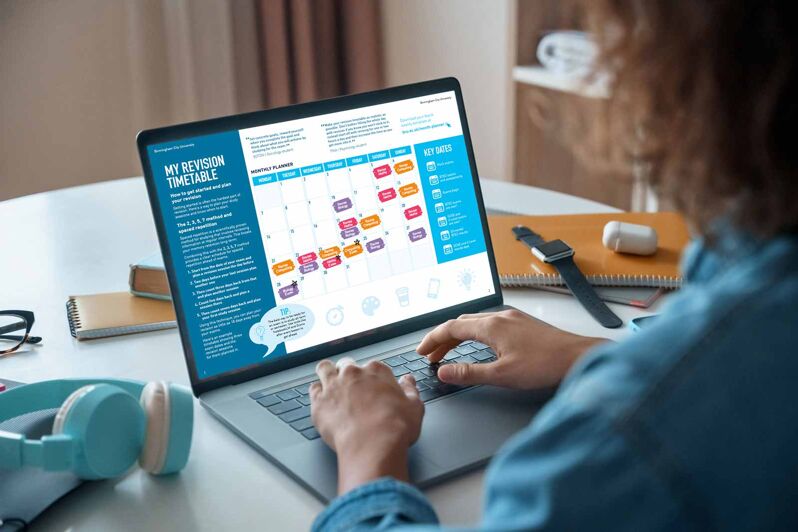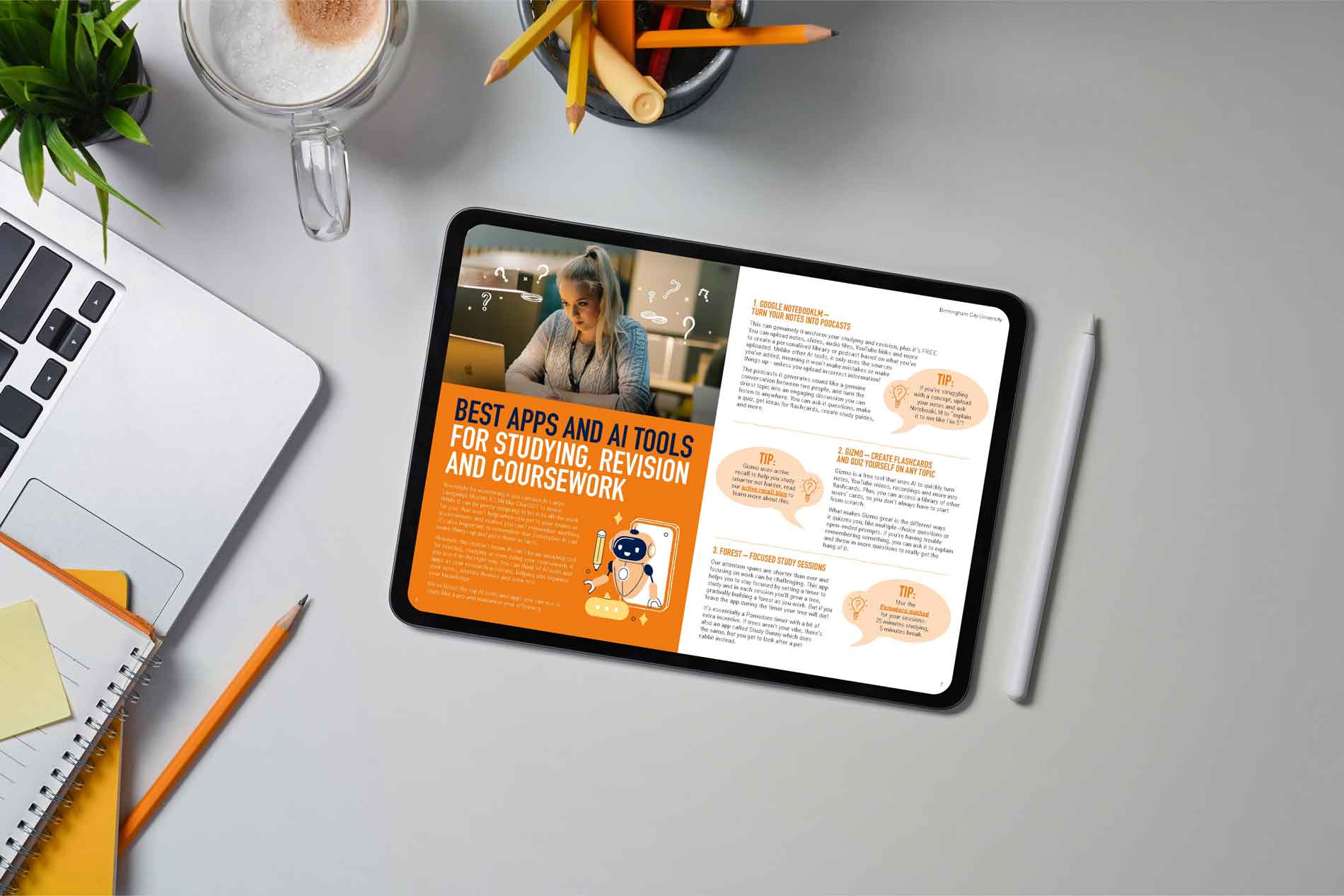If you’re not sure where to begin with your revision and need help getting organised, we might just have the perfect solution for you! Let us introduce the Bullet Journal.
What is a bullet journal?
A bullet journal or 'BuJo' is a creative system for you to be able to consolidate all the things you want to be able to remember in a single notebook. This might be an exam timetable, revision notes, assignment plans or simply a chance for you to note down your thoughts or feelings about life.
The difference between a bullet journal and a standard diary is that you are utilising symbols, colours and drawings to help you categorise information – making it easier for you to find later on. It's a great revision tool as you write things down quickly, using short words or phrases rather than long sentences.
Your bullet journal is a to-do list, project planner and diary all rolled into one. Don’t let this overwhelm or confuse you! A bullet journal lets you look at the whole picture, and map out your time accordingly.
Why try a bullet journal for revision?
It’s the perfect way to create a revision tool that is perfectly customised to you, your tasks and goals. It might seem like you’ll be wasting time drawing things out, but you will be designing exactly what you need - making you much more productive and organised.
Plus, it’s great for the planet – rather than having three different notebooks on the go for separate things you can combine everything into one book, saving on paper and weight in your bag. Bonus!
Who’s it for?
- Students revising and preparing for exams
- Goal setters
- People who love to-do lists
- Lovers of all things stationery
- People who want to be more organised.
Supplies:
- A notebook - Dotted pages are a great start for beginners as they help you quickly draw out straight lines. We used a Leuchtturum 1917 journal
- Fineliners – Pigma Micron or Staedtler fine liners are good options. Get a few different sizes for drawing different line qualities
- Coloured markers / felt tips – we used Promarkers but Crayola Super Tips are great too
- White pen – great for correcting any mistakes or drawing over black hand-lettering
- Brush pens – for that beautiful Instagram-worthy hand lettering.
Five tips for getting started:
1) Do your research – have a peek at other people’s journals on Pinterest and Instagram. Get some layout inspiration and see what systems people are using to effectively study and plan for exams.
2) What’s your goal? – You need to establish a journaling system that makes sense to you, so that you get the most benefit out of it! Figure out exactly what you need to revise and prep for exams – do you need essay plans, mind maps or study logs?
3) Keep it simple – figure out what symbols and layouts you want to use in your journal. Don’t overwhelm yourself with unnecessary spreads. Don’t buy the entire stationary shop, just begin with a few key supplies.
4) Have a practice – rather than panic about making a mistake in your journal have a little practise on some scrap paper. Play around with different font styles and layouts so you can decide what best suits your revision.
5) There are no real rules, just recommendations. - There are many different styles and some people invest more time than others, so you can make it as simple or complicated as you like!





